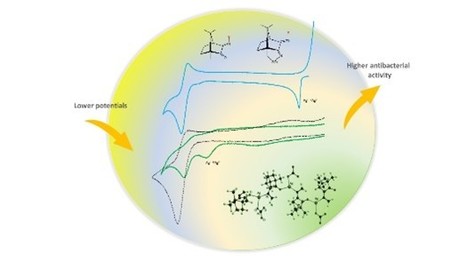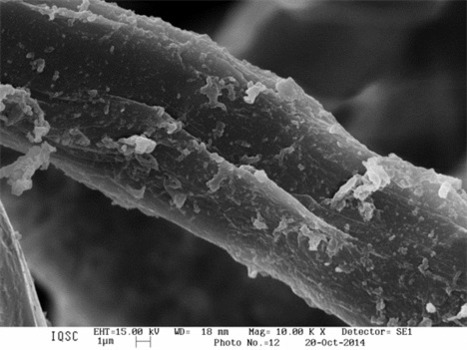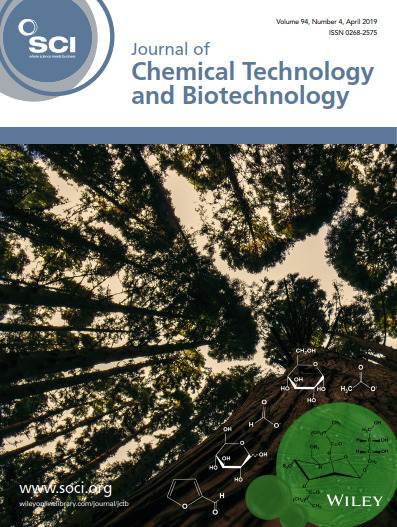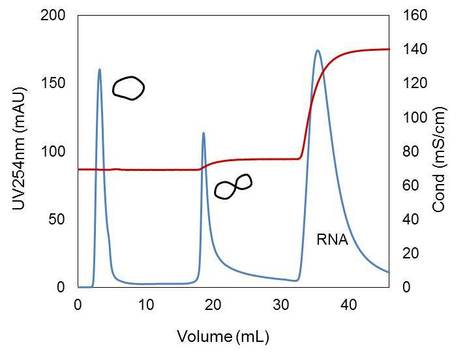
A recent publication in the journal Antibiotics describes the synthesis and analytical and spectroscopical characterization of nine new complexes with camphor imine or camphor sulfonimine ligands were, aiming to identify the key parameters that drive the antibacterial activity of the complexes with metal cores and imine substituents with distinct electronic and steric characteristics. The antimicrobial activity of all complexes was evaluated by determining their minimum inhibitory concentrations (MIC) against the Gram-negative Escherichia coli ATCC25922, Pseudomonas aeruginosa 477, and Burkholderia contaminans IST408, and the Gram-positive Staphylococcus aureus Newman. All the complexes display higher activity towards Gram-negative strains than towards the Gram-positive strain. This work results from the collaborative research between the research groups of Fernanda Carvalho from CQE and Jorge H. Leitão from BSRG-IBB. The paper was selected as “Editor´s Choice”.



 Your new post is loading...
Your new post is loading...









